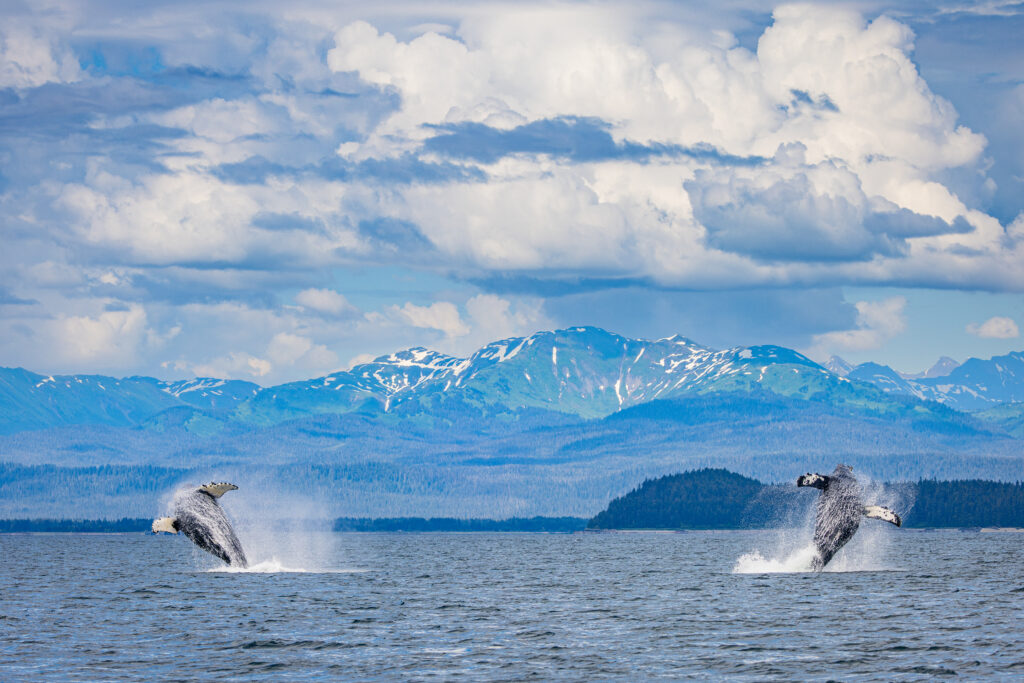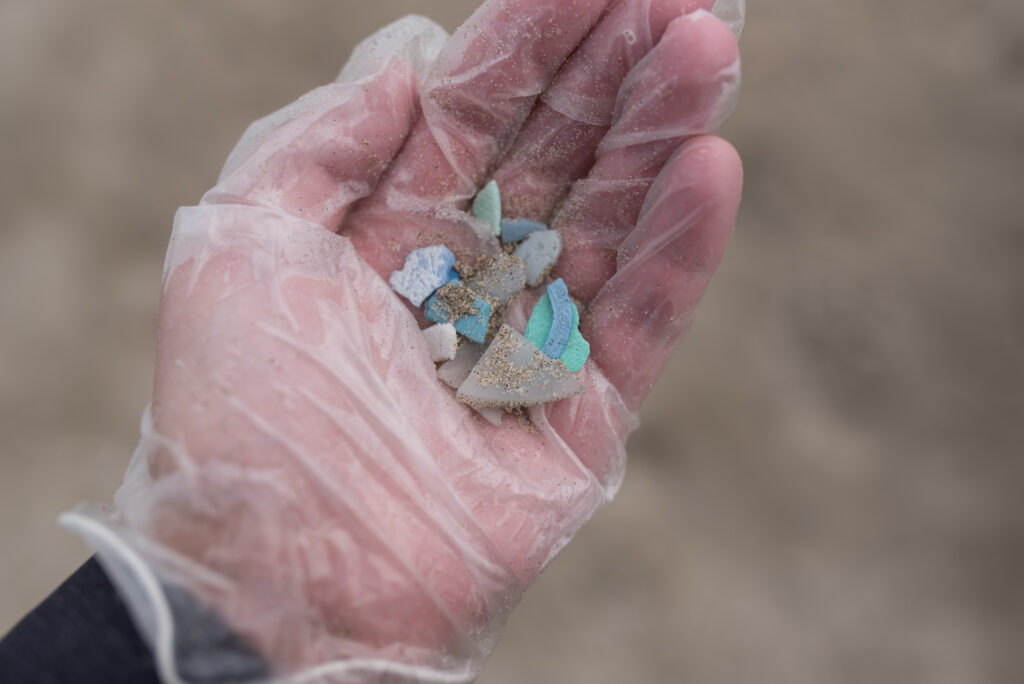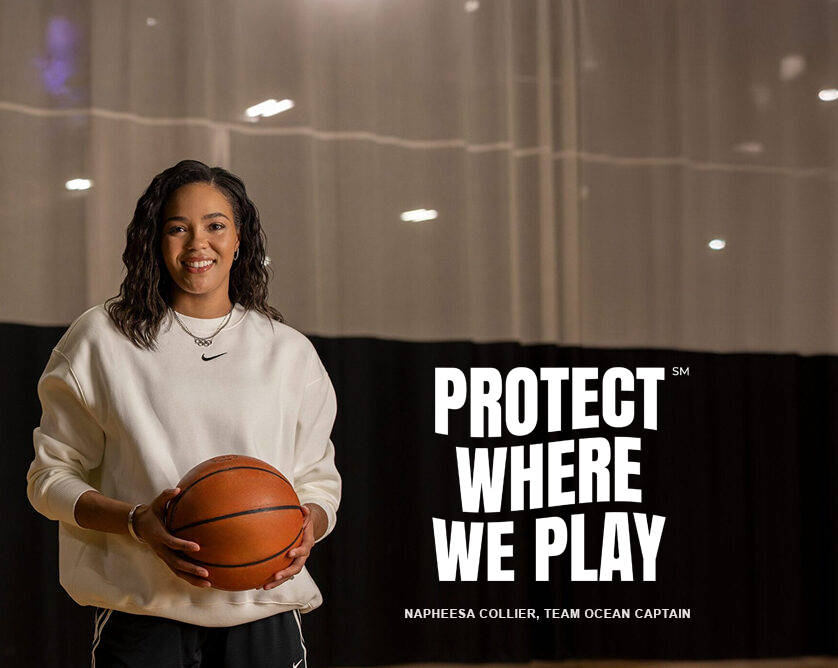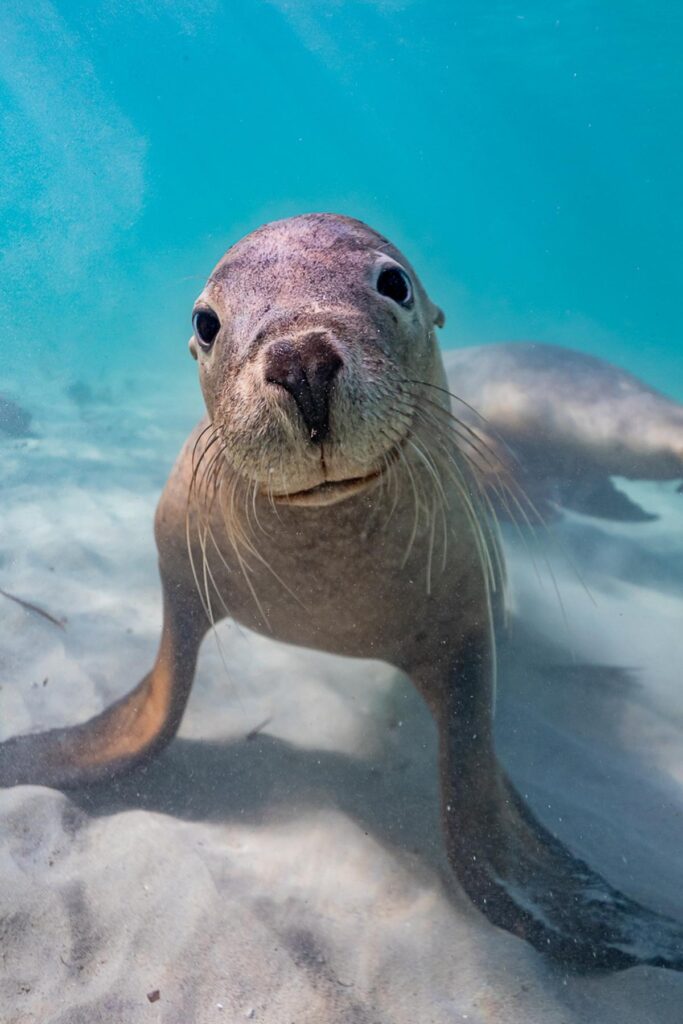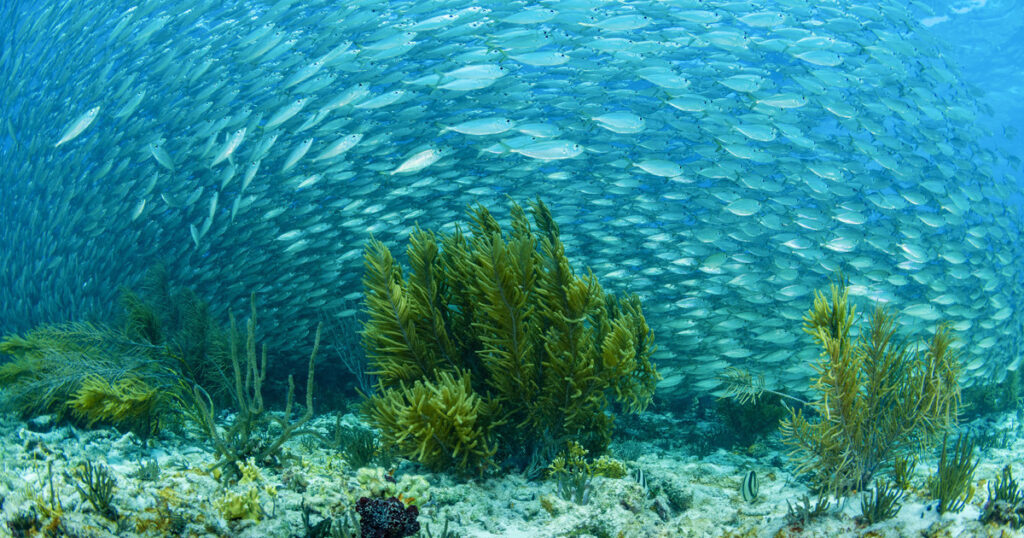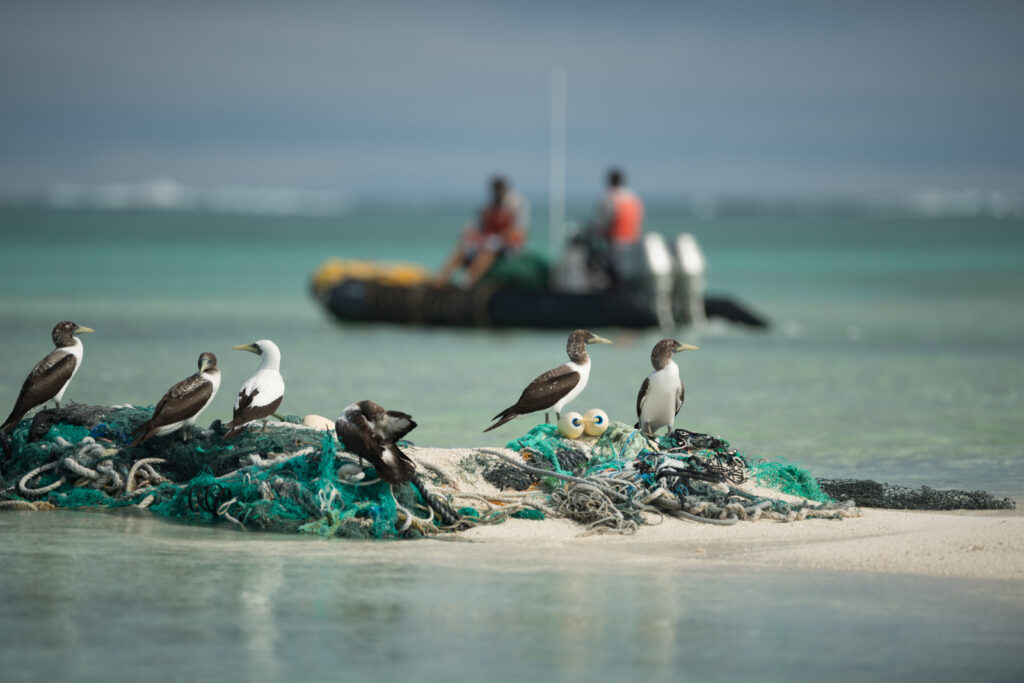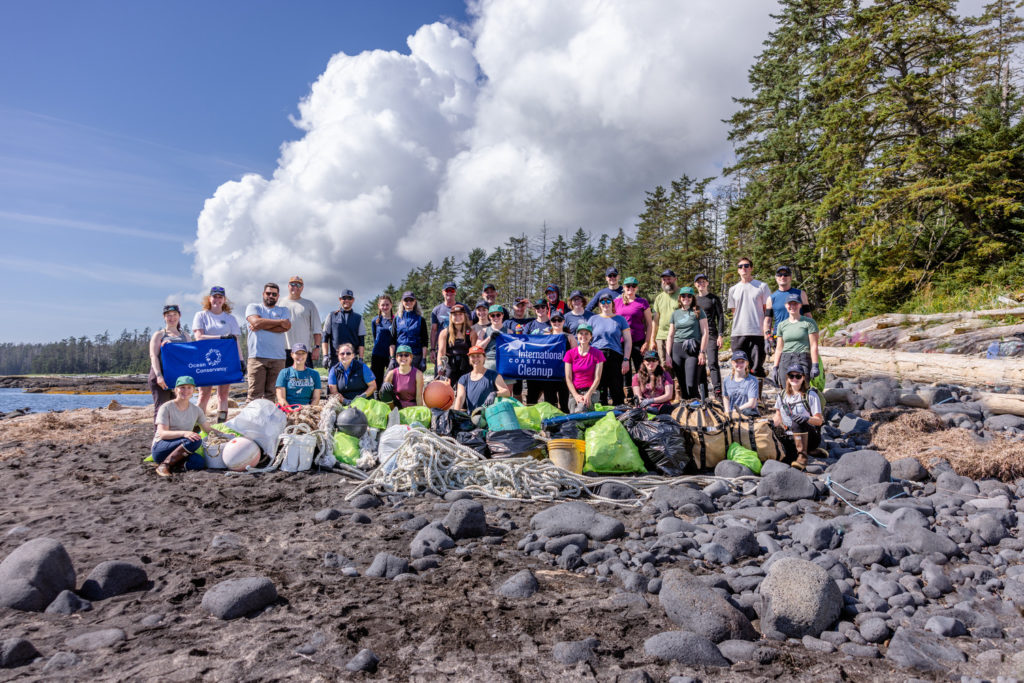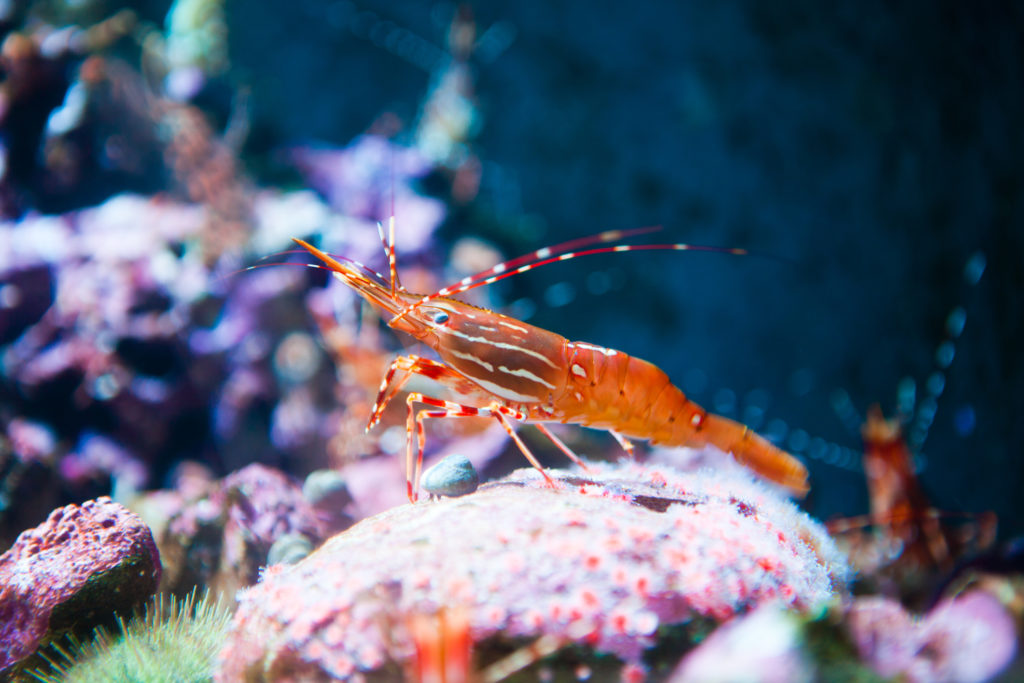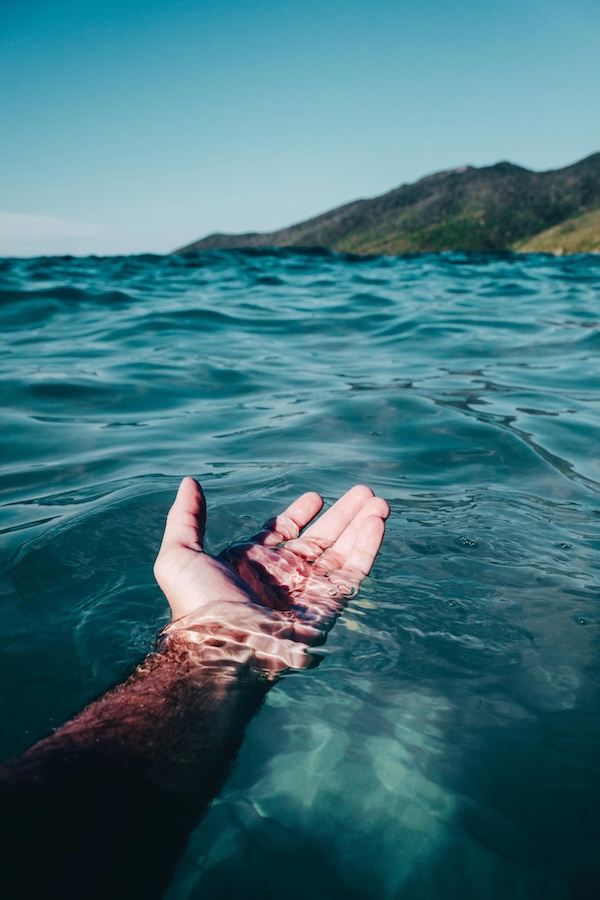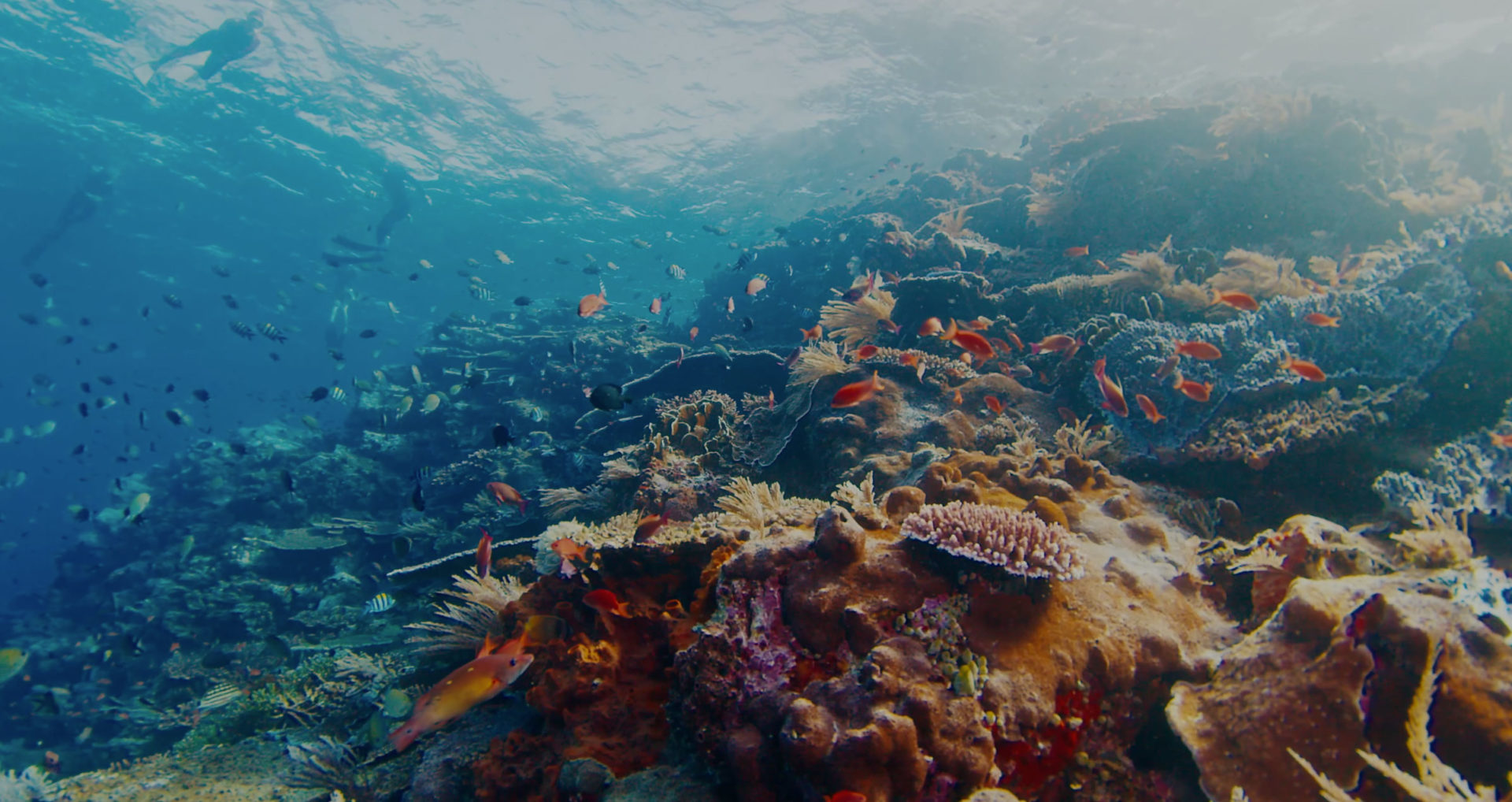
A healthy ocean and a thriving planet, forever and for everyone.
53
Years of impact
400
Million pounds of plastic and other trash removed
19
Million volunteers working together
Spotlight
Our Work
Our ocean produces half the world’s oxygen, absorbs 90% of the excess heat from climate change and supports millions of species and billions of people. Our ocean is truly awesome—but it is not invincible. Ocean Conservancy is a U.S.-based organization that works globally to protect the ocean. We work on protecting biodiversity, advancing climate solutions and preventing ocean plastics. Together, we are securing a healthy ocean and a thriving planet, forever and for everyone.
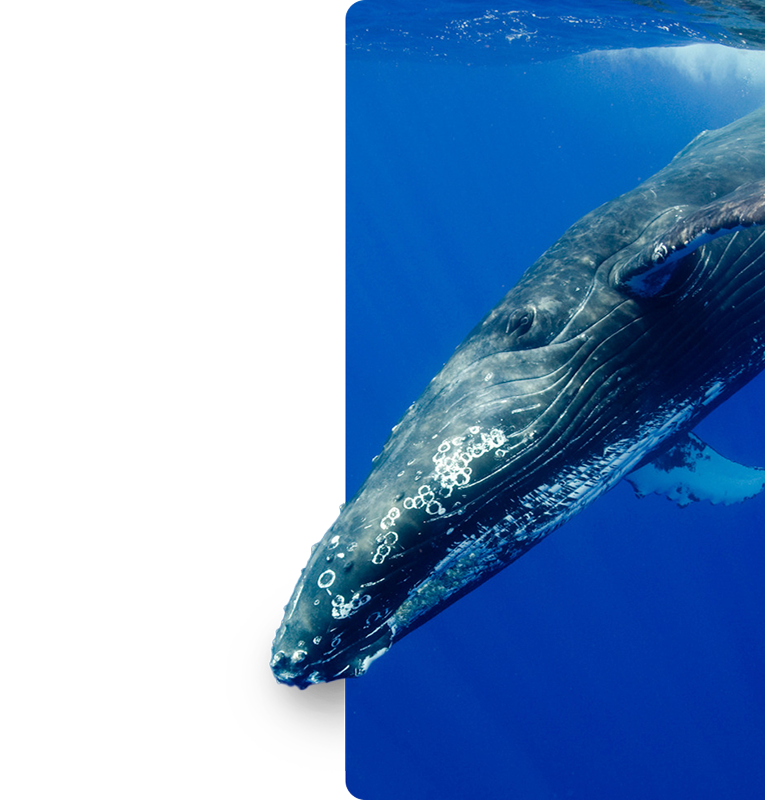
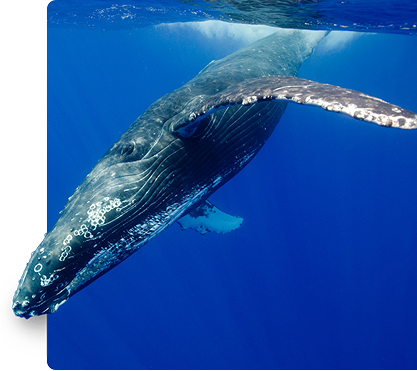
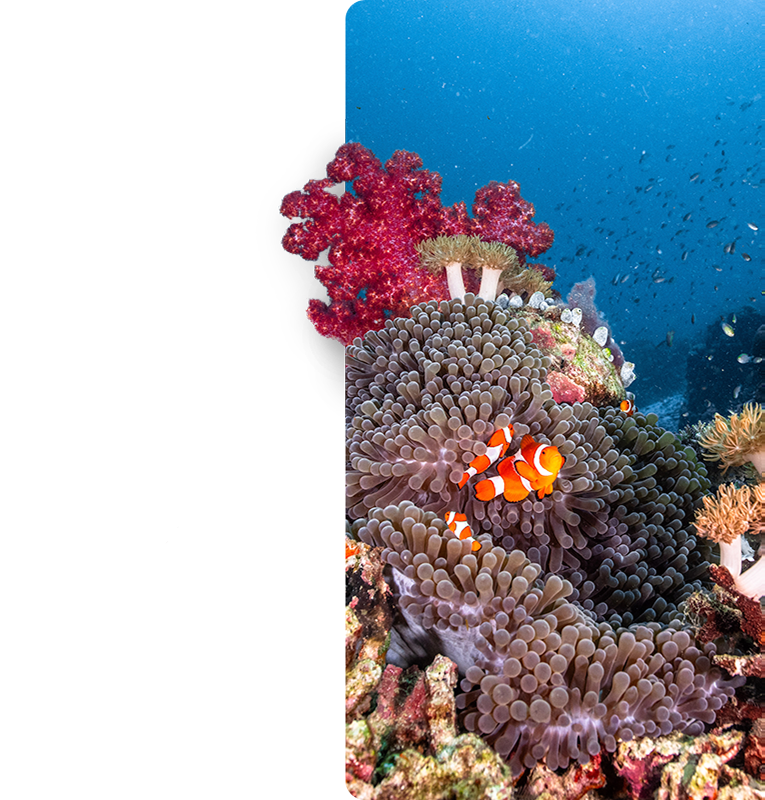
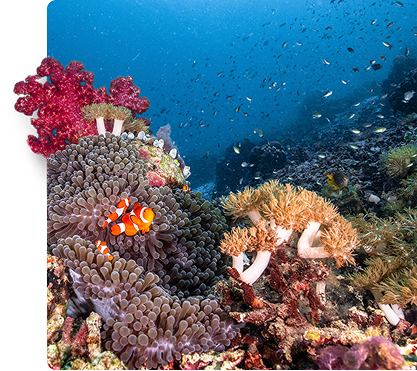

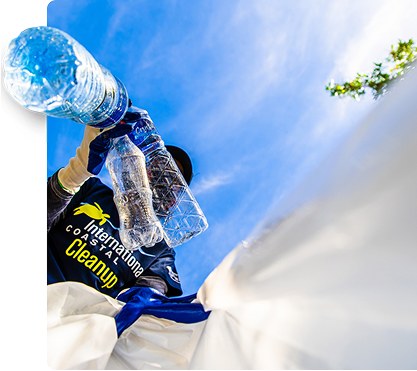
News
News
)
Get Involved
Action Center
Love the ocean? Turn your passion into impact. Explore urgent actions you can take right now to protect marine life and defend our ocean’s future.

Ocean Conservancy is a 501(c)3 – Donations are 100% tax-deductible as allowed by law.
Donate
$2 can remove 1 pound of trash from our ocean.
Ocean Conservancy is a 501(c)3 – Donations are 100% tax-deductible as allowed by law.
Corporate Support
Together, we can create lasting solutions for a healthier planet and thriving communities.
